
0
+
Google Reviews

0
+
4.2 (2333 Ratings)
The Cisco Certified Network Associate (CCNA) certification is designed for IT experts seeking to advance their careers as network technicians or engineers with skills that apply broadly across many types of equipment used by networks worldwide. CCNA (Cisco Certified Network Associate) is a certification from Cisco This certification helps you to become familiar with a wide range of topics, such as: LAN/WAN |TCP/IP model | Switches and routers| Network utilities (ping, tracert, arp) |IP addressing and subnetting | VLANs and trunking| Routing protocols such as OSPF| WLAN| NAT and ACLs| Automation and programmability


Curriculum Designed by Experts
Explain the role and function of network components
• Routers
• L2 and L3 switches
• Next-generation firewalls and IPS
• Access points
• Controllers (Cisco DNA Center and WLC)
• Endpoints
• Servers
Describe characteristics of network topology architectures
• 2 tier
• 3 tier
• Spine-leaf
• WAN
• Small office/home office (SOHO)
• On-premises and cloud
Compare physical interface and cabling types
• Single-mode fiber, multimode fiber, copper
• Connections (Ethernet shared media and point-to-point)
• Concepts of PoE
Identify interface and cable issues
• Collisions
• Errors
• Mismatch duplex and/or speed
Compare TCP to UDP
Configure and verify IPv4 addressing and subnetting
Describe the need for private IPv4 addressing
Configure and verify IPv6 addressing and prefix
Compare IPv6 address types
• Global unicast
• Unique local
• Link local
• Anycast
• Multicast
• Modified EUI 64
Verify IP parameters for Client OS (Windows, Mac OS, Linux)
Describe wireless principles
• Nonoverlapping Wi-Fi channels
• SSID
• RF
• Encryption
Explain virtualization fundamentals (virtual machines)
Describe switching concepts
• MAC learning and aging
• Frame switching
• Frame flooding
• MAC address table
Configure and verify VLANs (normal range) spanning multiple switches
• Access ports (data and voice)
• Default VLAN
• Connectivity
Configure and verify interswitch connectivity
• Trunk ports
• 802.1Q
• Native VLAN
Configure and verify Layer 2 discovery protocols
• Cisco Discovery Protocol
• LLDP
Configure and verify (Layer 2/Layer 3) EtherChannel (LACP)
Describe the need for and basic operations of Rapid PVST+ Spanning Tree Protocol and identify basic operations
• Root port, root bridge (primary/secondary), and other port names
• Port states (forwarding/blocking)
• PortFast benefits
Compare Cisco Wireless Architectures and AP modes
Describe physical infrastructure connections of WLAN components
• AP, WLC, access/trunk ports, and LAG
Describe AP and WLC management access connections
• Telnet, SSH, HTTP, HTTPS, console, and TACACS+/RADIUS
Configure the components of a wireless LAN access for client connectivity using GUI only
• WLAN creation
• Security settings
• QoS profiles
• Advanced WLAN settings
Interpret the components of a routing table
• Routing protocol code
• Prefix
• Network mask
• Next hop
• Administrative distance
• Metric
• Gateway of last resort
Determine how a router makes a forwarding decision by default
• Longest match
• Administrative distance
• Routing protocol metric
Configure and verify IPv4 and IPv6 static routing
• Default route
• Network route
• Host route
• Floating static
Configure and verify single area OSPFv2
• Neighbor adjacencies
• Point-to-point
• Broadcast (DR/BDR selection)
• Router ID
Describe the purpose of first hop redundancy protocol
• Configure and verify inside source NAT using static and pools
• Configure and verify NTP operating in a client and server mode
• Explain the role of DHCP and DNS within the network
• Explain the function of SNMP in network operations
• Describe the use of syslog features including facilities and levels
• Configure and verify DHCP client and relay
• Explain the forwarding per-hop behavior (PHB) for QoS such as classification, marking, queuing, congestion, policing, shaping
• Configure network devices for remote access using SSH
• Describe the capabilities and function of TFTP/FTP in the network
• Define key security concepts (threats, vulnerabilities, exploits, and mitigation techniques)
• Describe security program elements (user awareness, training, and physical access control)
• Configure device access control using local passwords
• Describe security password policies elements, such as management, complexity, and password alternatives (multifactor authentication, certificates, and biometrics)
• Describe remote access and site-to-site VPNs
• Configure and verify access control lists
•Configure Layer 2 security features (DHCP snooping, dynamic ARP inspection, and port security)
• Differentiate authentication, authorization, and accounting concepts
• Describe wireless security protocols (WPA, WPA2, and WPA3)
• Configure WLAN using WPA2 PSK using the GUI
• Explain how automation impacts network management
• Compare traditional networks with controller-based networking
• Describe controller-based and software defined architectures (overlay, underlay, and fabric)
• a Separation of control plane and data plane
• b North-bound and south-bound APIs
• Compare traditional campus device management with Cisco DNA Center enabled device management
• Describe characteristics of REST-based APIs (CRUD, HTTP verbs, and data encoding)
• Recognize the capabilities of configuration management mechanisms Puppet, Chef, and Ansible
• Interpret JSON encoded data
Radical Technologies is the leading IT certification institute in Kochi, offering a wide range of globally recognized certifications across various domains. With expert trainers and comprehensive course materials, it ensures that students gain in-depth knowledge and hands-on experience to excel in their careers. The institute’s certification programs are tailored to meet industry standards, helping professionals enhance their skillsets and boost their career prospects. From cloud technologies to data science, Radical Technologies covers it all, empowering individuals to stay ahead in the ever-evolving tech landscape. Achieve your professional goals with certifications that matter.
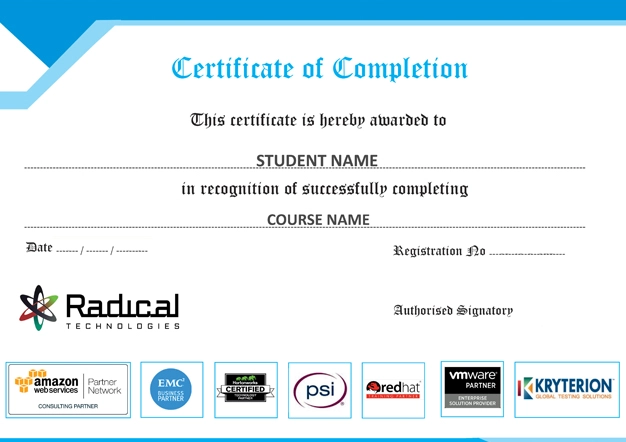


At Radical Technologies, we are committed to your success beyond the classroom. Our 100% Job Assistance program ensures that you are not only equipped with industry-relevant skills but also guided through the job placement process. With personalized resume building, interview preparation, and access to our extensive network of hiring partners, we help you take the next step confidently into your IT career. Join us and let your journey to a successful future begin with the right support.
At Radical Technologies, we ensure you’re ready to shine in any interview. Our comprehensive Interview Preparation program includes mock interviews, expert feedback, and tailored coaching sessions to build your confidence. Learn how to effectively communicate your skills, handle technical questions, and make a lasting impression on potential employers. With our guidance, you’ll walk into your interviews prepared and poised for success.
At Radical Technologies, we believe that a strong professional profile is key to standing out in the competitive IT industry. Our Profile Building services are designed to highlight your unique skills and experiences, crafting a resume and LinkedIn profile that resonate with employers. From tailored advice on showcasing your strengths to tips on optimizing your online presence, we provide the tools you need to make a lasting impression. Let us help you build a profile that opens doors to your dream career.









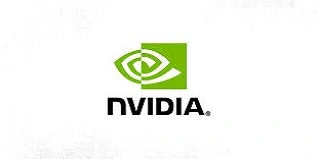
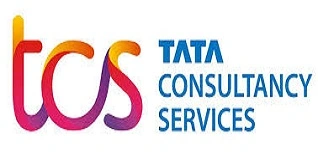

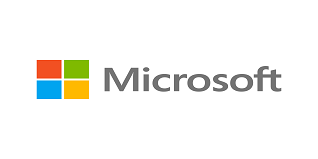

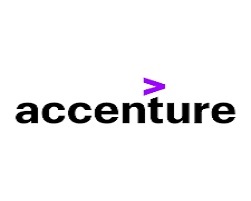
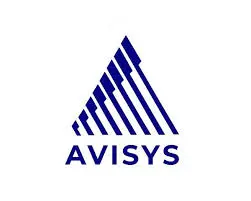




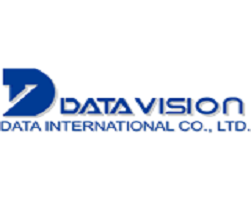


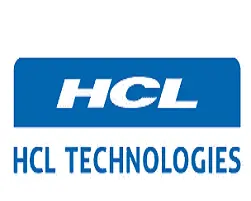
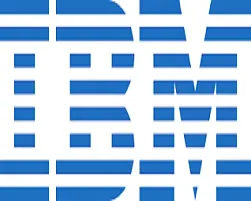


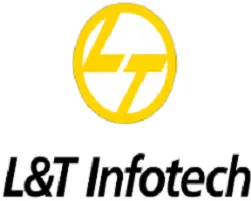

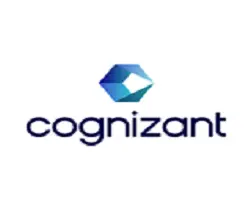

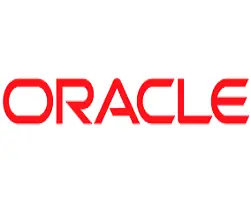

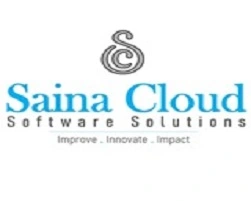

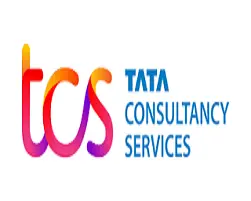
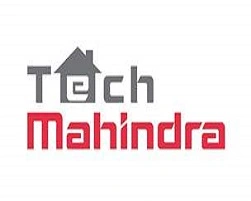


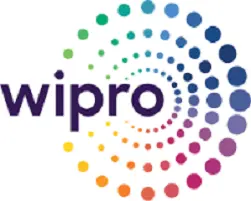

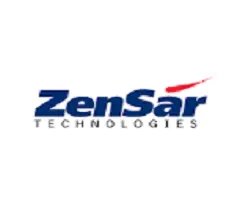
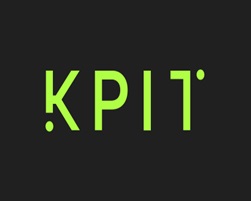
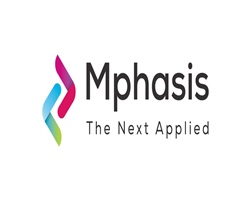
Kochi | Fort Kochi | Mattancherry | Ernakulam | Marine Drive | Kakkanad | Palarivattom | Kadavanthra | Chullikkal | Elamakkara | Kochi Port | Vyttila | Aluva | Thrippunithura | Panampilly Nagar | Edappally | Kothad | Njarackal


(Our Team will call you to discuss the Fees)


(Our Team will call you to discuss the Fees)